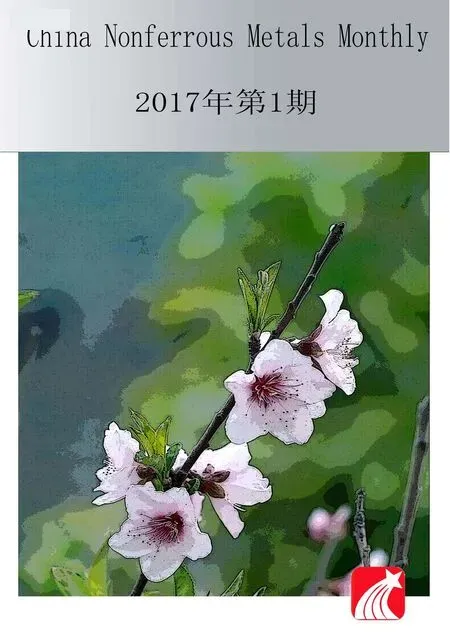Steady Growth in New Energy Vehicle Boosts Power Lithium Battery Recycling Market
?
Steady Growth in New Energy Vehicle Boosts Power Lithium Battery Recycling Market
Benefiting from rapid growth in new energy vehicle industry, China’s population of new energy vehicles soared in rapid succession, percentage of power lithium battery rose from 11% to 28%, in the future this trend will continue, it is expected that by 2020, the percentage of power lithium battery will reach 47%.
According to statistics, from January to September this year the output of new energy vehicles is 302,000 sets, sales figure is 289,000 sets, which grew by 93.0% and 100.6% respectively than the same period in the previous year. Wherein, production and sales of electric vehicles respectively completed 229,000 sets and 216,000 sets, growing respectively by 118.1% and 128.4% than the same period in the previous year; production and sales of plug-in hybrid power vehicles both completed 73,000 sets, up by 41.7% and 47.2% respectively than the same period in the previous year.
Policy transition and adjustment of industrial structure are both inevitable paths leading to more healthy and better industrial development. With constant upgrading of electric vehicle technologies and continual increase in industrial concentration degree, in the future the industry will continue to experience relatively fast development.
According to statistics of highway authority, annual average mileage of sedan and light-duty vehicle is 50,000 km, that of medium duty vehicle is 40,000 km, that of heavy duty vehicle is 30,000 km; under the same driving conditions, power battery of electric passenger vehicle has about 4-6 years of service life; whereas electric commercial vehicle is characterized by many times of daily travel, long driving mileage, and high charging frequency, its power battery’s service life is about 2-3 years. Currently, China’s private passenger vehicles have an average scrapping period of 12-15 years, compulsory scrapping period for commercial vehicle is 10 years, throughout its service life cycle, electric vehicle needs to change power battery at least twice, what’s more due to uncertain factors (unexpected accidents, man-made reasons etc), power battery’s service life will vary continually.
Different power lithium battery cathode materials contain different valuable metal components, wherein metals with highest potential value include cobalt, lithium, nickel etc. For instance, in ternary battery, the average content of lithium is 1.9%, nickel is 12.1%, cobalt is 2.3%; furthermore, percentages of copper part and aluminum part also reach 13.3% and 12.7%, given rational recycling and utilization, it will become a major source of income creation and cost reduction.
The “Analysis Report of Power Lithium Battery Industry” released by the Qianzhan Research Institute points out, the market size of recycling cobalt, nickel, manganese, lithium and iron, aluminum from scrapped power lithium batteries will begin to soar since 2018, reaching 5.2 billion yuan, in 2020 it will reach 13.6 billion yuan, in 2023 it will top 30 billion yuan. Since 2016 China has begun to implement power battery serial code system, so as to establish traceability system, it is expected subsequently it will continue to unveil a series of industrial standards in relation to recycling and dismantling of power lithium battery.
 China Nonferrous Metals Monthly2017年1期
China Nonferrous Metals Monthly2017年1期
- China Nonferrous Metals Monthly的其它文章
- In 2015 Lithium Price Tripled, Lithium Battery is In a Draught of the Industry
- Several Ministries Released Mineral Resource Plan, Tax Reform for Mineral Resource will Make Progress
- Grasp Three Basic Features of Rare Earth Industry, Propel Supply-side Structural Reform
- The ‘Development Plan of National Strategic Emerging Industries Promotes Breakthrough Development of High-end Equipment and New Material Industry
- China’s Mining Industry Embraces Golden Time for External Investment
- A 3 Billion Yuan Lithium Battery New Energy Vehicle Industrial Cluster Project Landed in Daye
